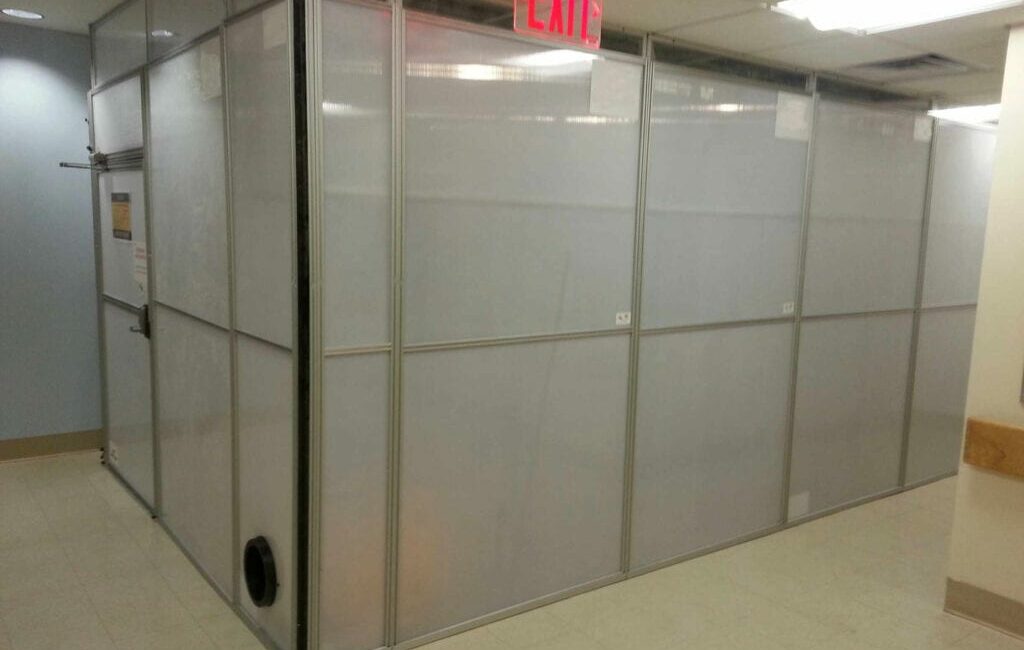An anteroom, also known as a vestibule or buffer room, is a transitional space located between two areas, typically serving as an entryway or waiting area. It plays a crucial role in controlling the flow of people, materials, and contaminants between different environments. Anterooms are versatile spaces that can be customized to suit various needs, making them invaluable in a wide range of industries and settings.
Understanding Anterooms
An anteroom serves as a buffer zone between two spaces, providing a controlled environment for activities such as dressing, decontamination, or storage. Equipped with adjustable panels and specialized features, anterooms offer flexibility and functionality tailored to specific requirements. Anteroom packages, which include everything needed for setup and operation, streamline the process of implementing these transitional spaces.
1. Renovation and Remodeling
During renovation and remodeling projects, anterooms are essential for maintaining a clean and safe work environment. Adjustable panels allow contractors to partition off construction areas, minimizing dust, debris, and noise pollution in adjacent spaces. Anterooms provide a designated space for workers to store equipment, change clothes, and access tools, improving efficiency and reducing disruptions to ongoing operations.
2. Hospitals
In hospitals, anterooms play a critical role in infection control and patient safety. These transitional spaces are used in areas such as operating rooms, isolation units, and sterile processing facilities. Anterooms equipped with adjustable panels and specialized ventilation systems help contain airborne contaminants, preventing the spread of infections and maintaining a sterile environment. Anterooms also serve as staging areas for medical staff to don personal protective equipment (PPE) before entering high-risk areas.
3. Labs and Pharmacies
Laboratories and pharmacies rely on anterooms to ensure the integrity of sensitive materials and processes. Anterooms equipped with adjustable panels and controlled access systems provide a controlled environment for handling hazardous substances, conducting experiments, and storing pharmaceuticals. These transitional spaces help prevent cross-contamination, maintain product purity, and comply with regulatory requirements.
4. Cleaning or Maintenance Projects Requiring Containment
During cleaning or maintenance projects that involve hazardous materials or contaminants, anterooms offer a safe and controlled environment for workers and equipment. Adjustable panels allow for easy setup of containment barriers, isolating the work area and preventing the spread of pollutants. Anterooms equipped with specialized filtration systems help capture and remove airborne particles, ensuring worker safety and environmental compliance.
Anterooms are versatile spaces with a wide range of applications in construction, healthcare, laboratories, and maintenance projects. By utilizing adjustable panels and specialized features, anterooms provide an effective solution for controlling contaminants, maintaining safety, and improving operational efficiency. Whether used during renovations, in hospitals, labs, or for cleaning projects, anterooms play a crucial role in creating controlled environments tailored to specific needs.

